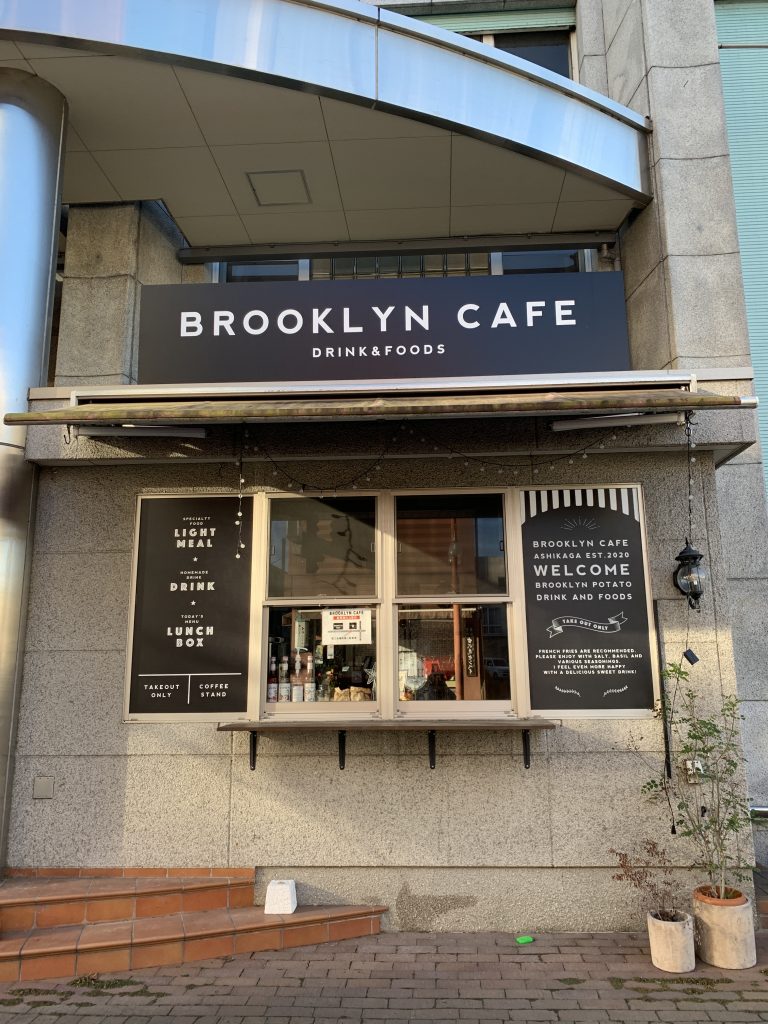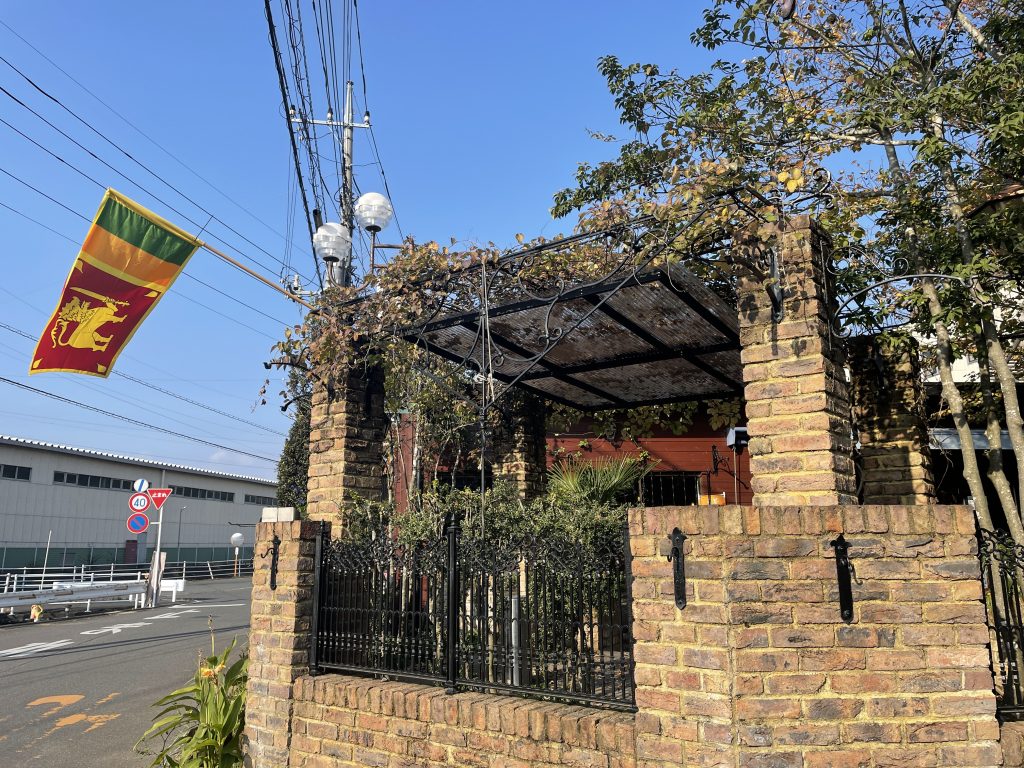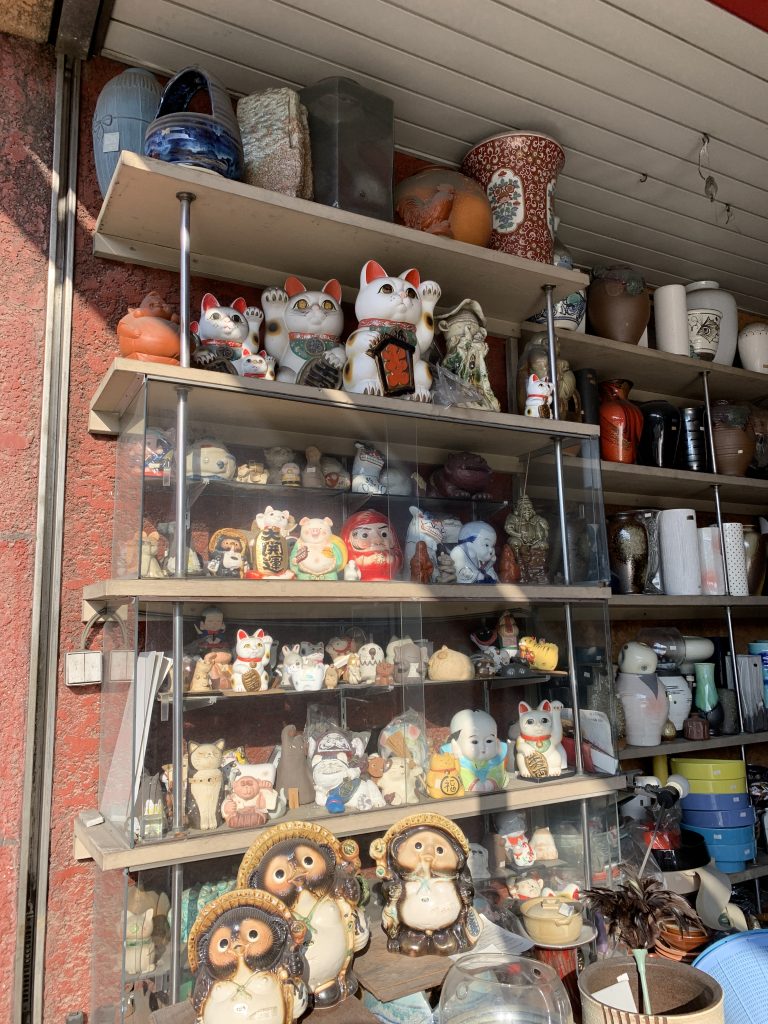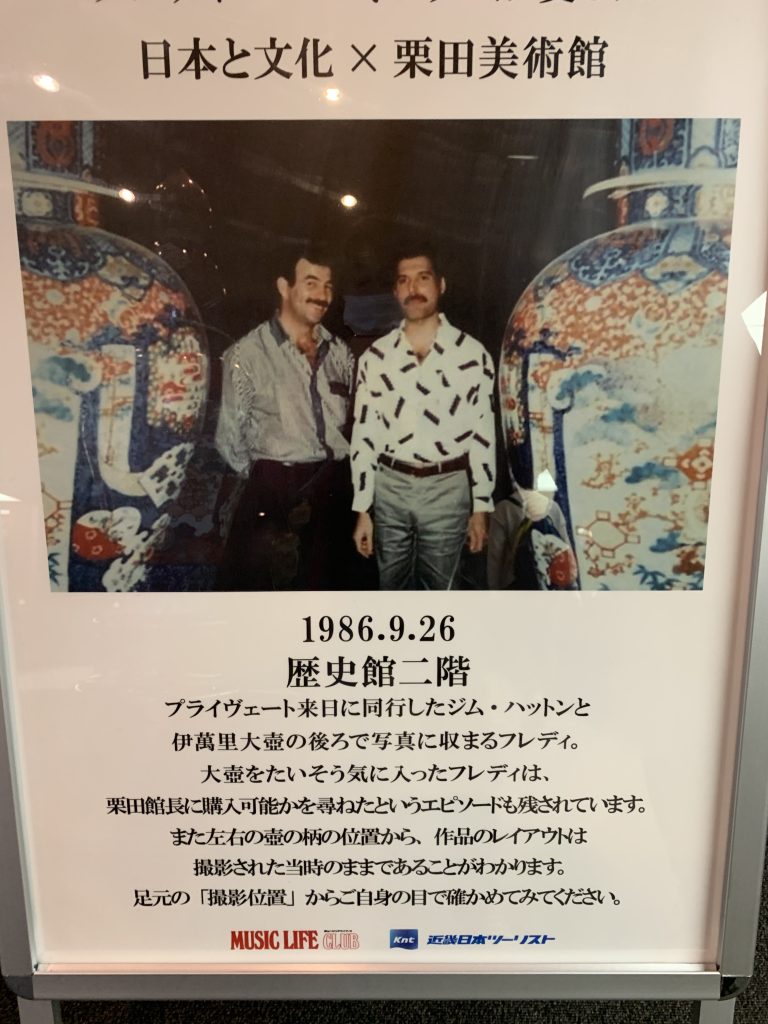Though many old buildings are left abandoned, some are turned into cafe, and shops. Brooklyn Café is one of those renovations. Former Head Office ofAshikaga Bank, the failed regional bank was turned into a beautiful café by a young entrepreneur. The notorious failure of the bank in 2003 after its aggressive business expansion during the Japanese bubble-era, further caused secondary bankruptcies of local business, which affected overall local economy. My first reaction was “who would like to have an coffee at iconic place of economic failure?” but then I realized nearly two decades elapsed and young generation are not haunted by old memories anymore.
Shutter Street Renovation



